The Pingtung County Government last week asked culture and history experts to inspect a former munitions depot in Neipu Township’s (內埔) Laopi Village (老埤), after it was recently discovered.
The munitions storage once served to supply ammunition to the kamikaze pilots of the Special Attack Units of the Imperial Japanese Army, the experts said, adding that it was not only well-preserved, but also of considerable size.
Near the end of World War II in the Pacific theater, the Japanese Empire built up a string of defensive positions stretching from the north to the south of Pingtung to prevent a potential landing by US troops in the south of the island, experts said.
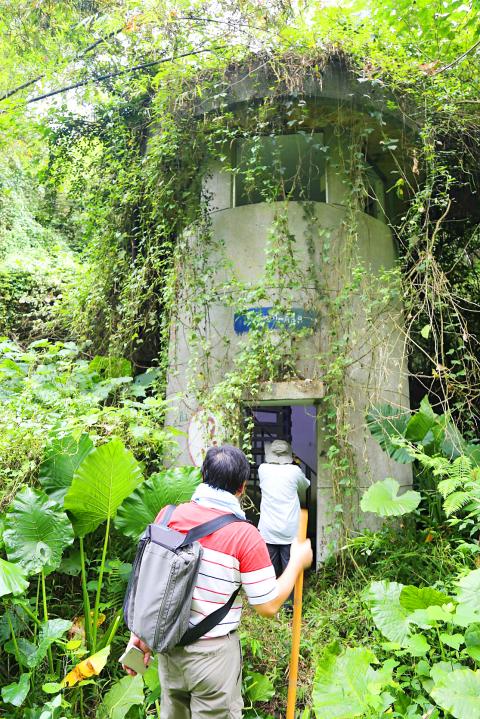
Photo: Chiu Chih-jou, Taipei Times
There were about 20 ammunition depots along the defense line, they said, adding that many of the bunkers had not been found yet.
The experts said they would continue investigating the forgotten bunker cluster of Pingtung with funding provided by the Bureau of Cultural Heritage.
National Pingtung University of Technology and Science secretary-general Yeh Kui-chun (葉桂君) said the university had been given the plot of land by the National Property Administration in 2011 and it had discovered the bunker while inspecting the land with the aim of building an entrepreneurship campus.
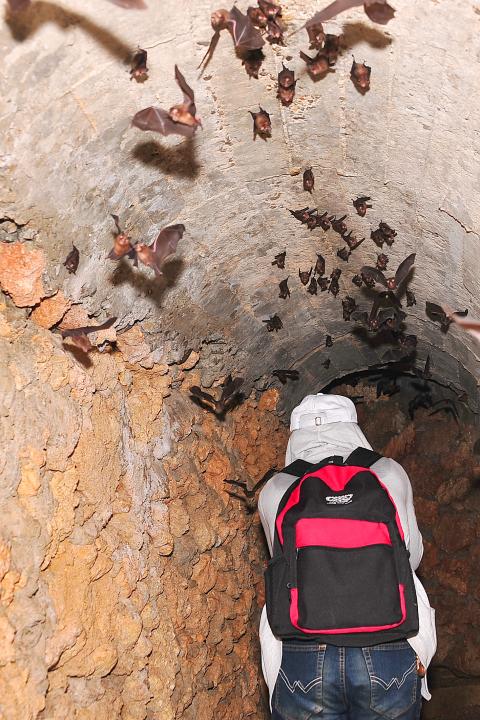
Photo: Tsai Tsung-hsien, Taipei Times
The campus will help locals and students study and establish their own businesses, Yeh said, adding that the university had complied with all of the bureau’s demands to make arrangements for the bunker.
The county government said it is also mulling nominating the Guanshan area in Hengchun Township (恆春) as a cultural asset due to a fortified artillery bunker in the area.
Not as well-known as the Guanshan Scenic Area and the local Earth God Temple, the artillery bunker is located underground next to the Guanshan Scenic Trail.
While visiting the site on Thursday, Pingtung County Bureau of Cultural Affairs Director Wu Chin-fa (吳錦發) said he was amazed at the extensive network of underground tunnels, which the county has said is the largest artillery complex on the island from the Japanese colonial era.
The Republic of China Army took over the complex after World War II and it was eventually abandoned after the army relocated its troops, the county government said.
The structural integrity of the tunnel is still intact and the site was largely devoid of trash due to its relatively hidden location, the county said, adding that some bats had moved in.
Experts surmised that the artillery complex had been constructed after the Japanese forces retreated from Batan Island in the Philippines.
The county government has also visited other abandoned military facilities behind Pingan Temple in Fangshan Township (枋山).
A cultural asset meeting is to be held to discuss the preservation of the “precious relics,” it said.
The county government said it would work with local townships to hopefully repurpose the sites and turn them into tourist attractions.

Three Taiwanese airlines have prohibited passengers from packing Bluetooth earbuds and their charger cases in checked luggage. EVA Air and Uni Air said that Bluetooth earbuds and charger cases are categorized as portable electronic devices, which should be switched off if they are placed in checked luggage based on international aviation safety regulations. They must not be in standby or sleep mode. However, as charging would continue when earbuds are placed in the charger cases, which would contravene international aviation regulations, their cases must be carried as hand luggage, they said. Tigerair Taiwan said that earbud charger cases are equipped
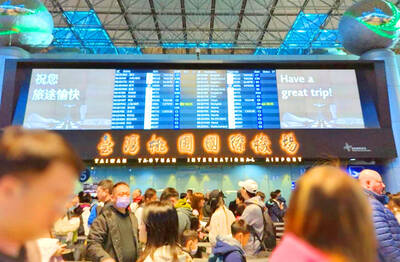
Foreign travelers entering Taiwan on a short layover via Taiwan Taoyuan International Airport are receiving NT$600 gift vouchers from yesterday, the Tourism Administration said, adding that it hopes the incentive would boost tourism consumption at the airport. The program, which allows travelers holding non-Taiwan passports who enter the country during a layover of up to 24 hours to claim a voucher, aims to promote attractions at the airport, the agency said in a statement on Friday. To participate, travelers must sign up on the campaign Web site, the agency said. They can then present their passport and boarding pass for their connecting international
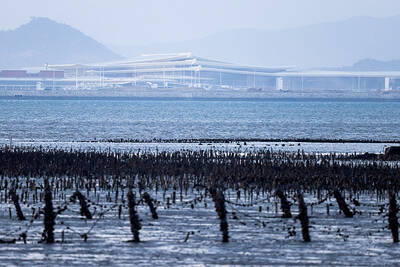
UNILATERAL MOVES: Officials have raised concerns that Beijing could try to exert economic control over Kinmen in a key development plan next year The Civil Aviation Administration (CAA) yesterday said that China has so far failed to provide any information about a new airport expected to open next year that is less than 10km from a Taiwanese airport, raising flight safety concerns. Xiamen Xiangan International Airport is only about 3km at its closest point from the islands in Kinmen County — the scene of on-off fighting during the Cold War — and construction work can be seen and heard clearly from the Taiwan side. In a written statement sent to Reuters, the CAA said that airports close to each other need detailed advanced
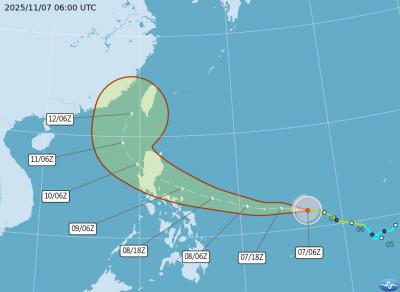
Tropical Storm Fung-Wong would likely strengthen into a typhoon later today as it continues moving westward across the Pacific before heading in Taiwan’s direction next week, the Central Weather Administration (CWA) said. As of 8am, Fung-Wong was about 2,190km east-southeast of Cape Oluanpi (鵝鑾鼻), Taiwan’s southernmost point, moving westward at 25kph and possibly accelerating to 31kph, CWA data showed. The tropical storm is currently over waters east of the Philippines and still far from Taiwan, CWA forecaster Tseng Chao-cheng (曾昭誠) said, adding that it could likely strengthen into a typhoon later in the day. It is forecast to reach the South China Sea